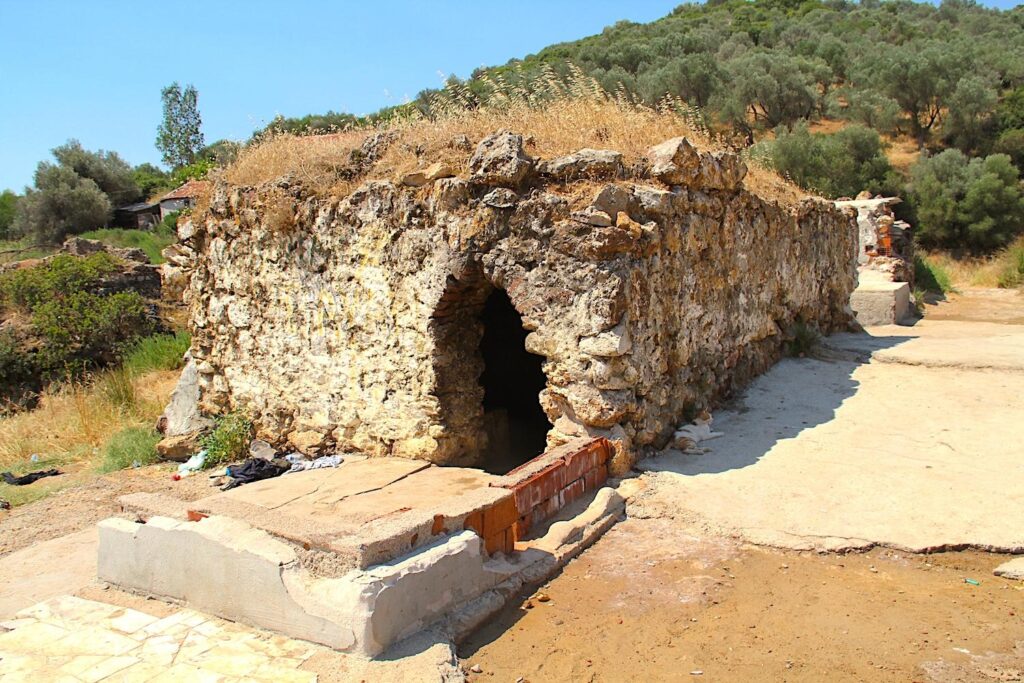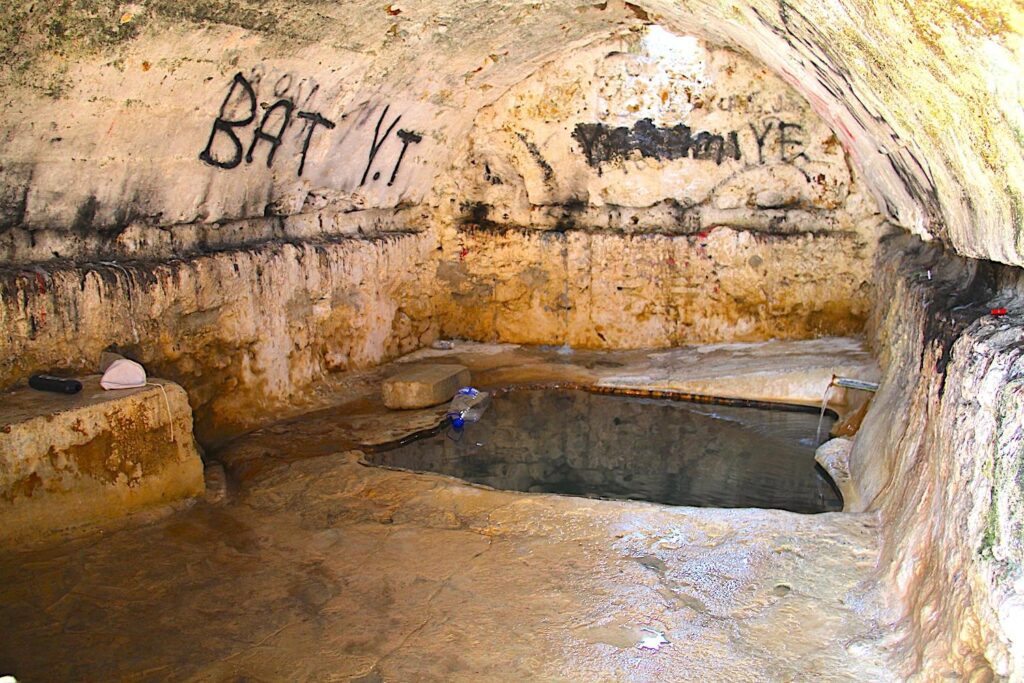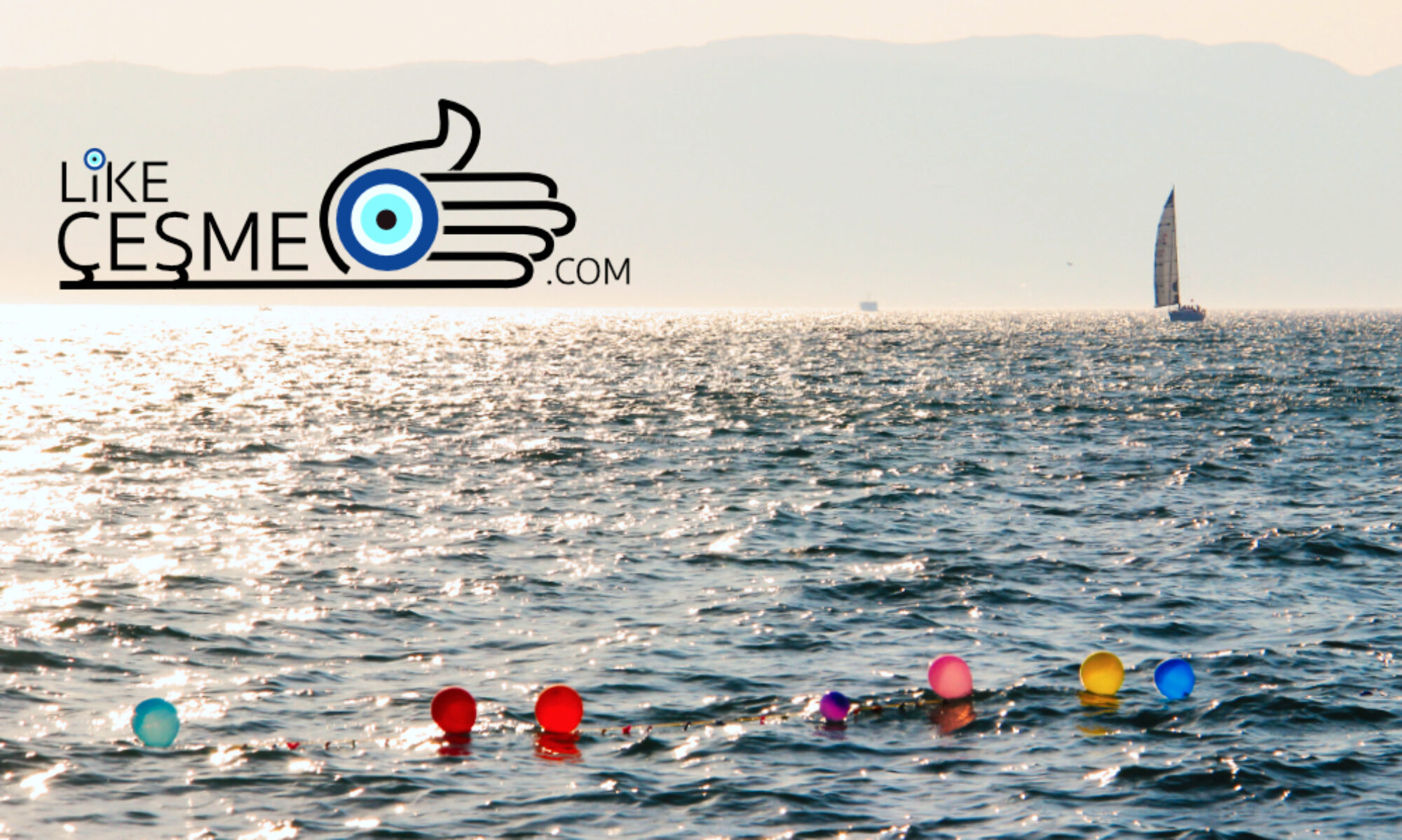The thermal springs around Çeşme, Urla and İzmir result from the region’s unique geological features, including tectonic and volcanic activity. The movement of tectonic plates creates fractures and faults in the Earth’s crust, allowing groundwater to circulate at great depths where geothermal gradients heat it. This heated water then rises to the surface, manifesting as thermal springs. These springs have been historically significant and continue to play an important role in the local culture, tourism, health, and energy sectors. The mineral-rich waters of thermal springs are believed to offer various health benefits, such as improving circulation, relieving pain, and treating skin conditions. The local thermal springs have been used for their therapeutic properties dating back to ancient Greek and Roman times, with historical sites often developed around these springs, which were believed to offer healing benefits.
Thermal Springs – Table of Contents
Yıldızburnu Hot Springs, Ilıca
Ilıca, 35930 Çeşme/İzmir, Turkey
The hot springs of Ilıca are at the end of the sea wall inner concrete walkway, accessed through a gate at the end of 5253 Sok., just beyond Arkas Çeşme Sailing Sports Club (Yelken Spor Kulübü) at the far west end of Ilıca beach. The springs are sheltered by the harbour wall on the north side and a semi-circle of submerged rocks on the inner harbour. The area is small and usually rather crowded; there is no signage, facilities or area for seating except on the rocks. The thermal waters are at a constant 45ºC, contain sodium chloride, potassium chloride and magnesium chloride and are popular with people with rheumatic health issues.
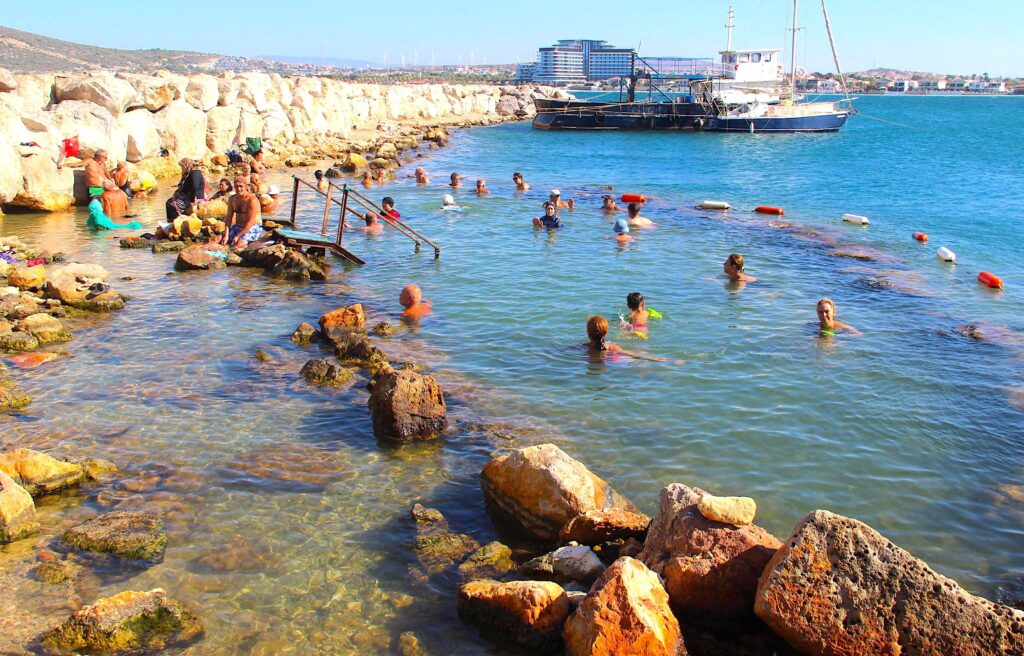
Gülbahçe Hot Springs (Ilıcası), Urla
Gülbahçe, 12073. Sk. 32-13, 35430 Urla/İzmir, Turkey – Note: the Google Maps locator indicates the Gülbahçe Ilıcası building as adjacent to the Urla Surf House; however, it is not possible to access from this point without wading through the shallow waters at the mouth of the Tatar Stream. Direct car access requires utilising a track leading from the D300 halfway between İçmeler and the Izmir Institute of Technology (İYTE).
The stone building leading into the sea that constitutes the thermal bath is located just southeast of the village of Gülbahçe 38km east of Çeşme, 12km west of Urla. While often referred to as the ‘Ancient Roman Baths’, there is no definitive evidence that they belong to the Roman period. Around the spa is a 5,000-year-old mound and ruins thought to belong to the Hellenistic period. The brick building is currently (July 2021) under restoration. Gülbahçe (literally rose garden) was an ancient Greek town called Rodónes.
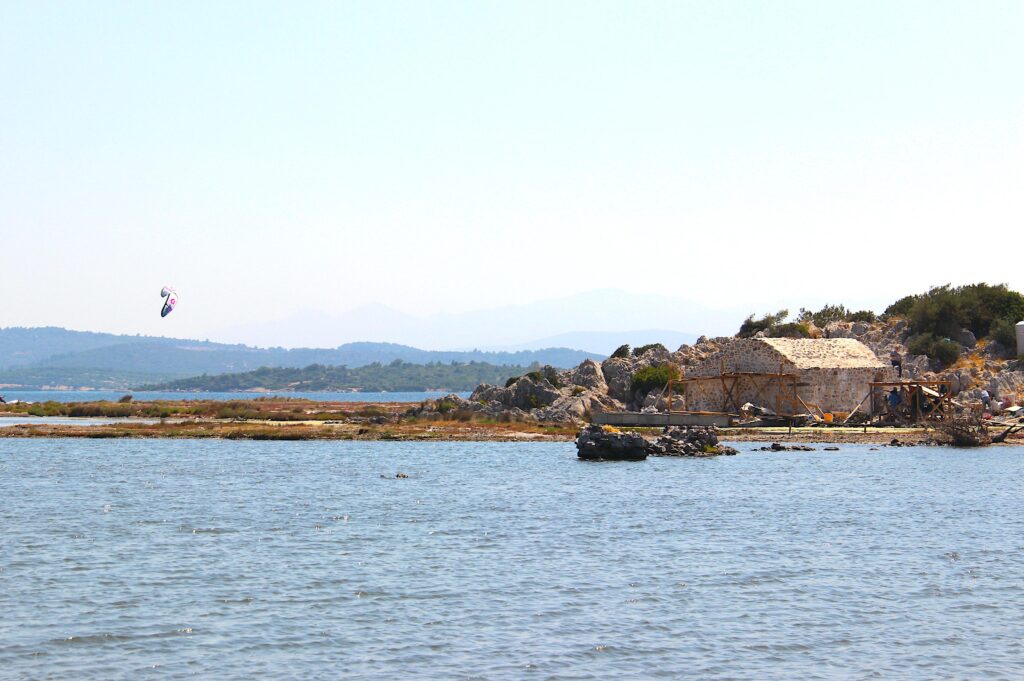
Malaca (Malkoç) Springs, Urla
İçmeler, 35430 Urla/İzmir, Turkey (exact location TBC)
Located 9km west of Urla at İçmeler in the direction of Çeşme, the facilities around the springs were famous as a summer health resort from the 1950s through to the 1980s; however, they are now abandoned and derelict. The highly mineralised (7.5g / litre) sodium chloride salt waters were thought to be beneficial in treating intestine, liver, and biliary tract diseases. The waters are at 22ºC with a 6.92 pH value and are considered potable.
Agamemnon Hot Springs (Thermal Springs at Balçova)
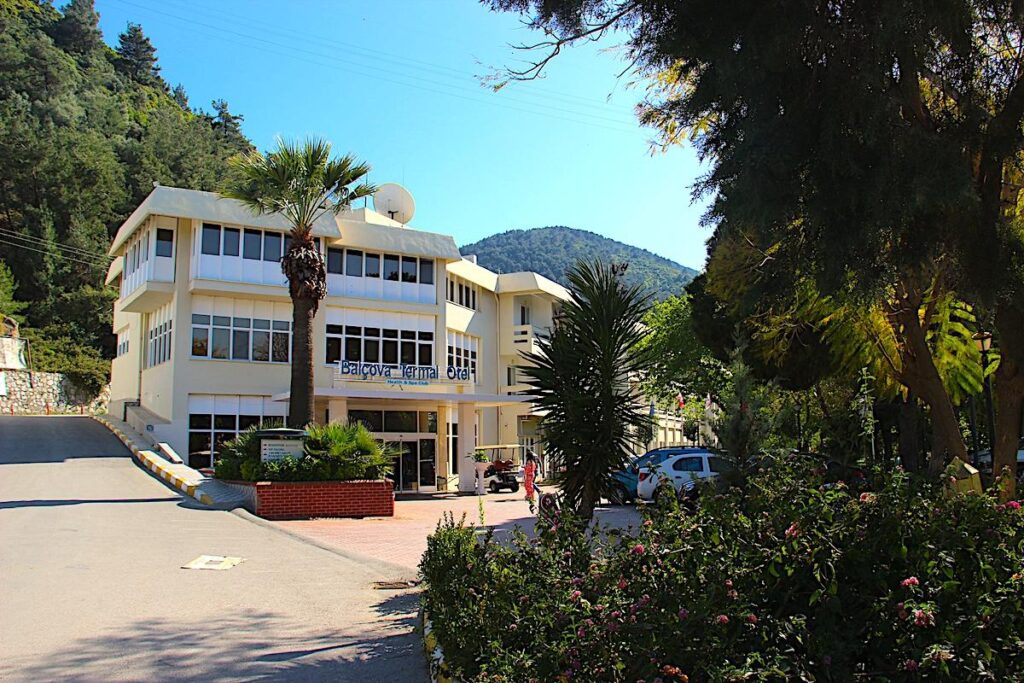
Known today as the Balçova Thermal Hotel, the ancient springs were narrated in the epic stories of the Greek poet Homer (circa 12th-8th Century B.C.) and the works of the Greek geographer and historian Strabon (1st Century A.D.). The Agamemnon Thermal Springs is named after the King of Mycenae, who attacked the city of Troy in Greek mythology and has been used for healing since ancient times. While there is no historical evidence of the event, it is thought that these thermal springs were used to treat the wounds of the soldiers of Alexander the Great and were the most famous during those ages.
Pausanias’s Description of Greece (7.5.10-13)
A specific cult of Agamemnon is mentioned by Pausanias (7.5.11) at the baths of Klazomenai, with the scholiast Robert Manuel Cook clarifying in 1958-1959 that they are most likely those found in the territory of Smyrna. These baths have been identified with those located at Inciraltı/Balçova, a site closer to Smyrna than Klazomenai. They are almost certainly the same as the hot springs mentioned by Strabo (14.1.36) between Klazomenai and Smyrna and those specifically called “of Agamemnon” in other sources, including Flavius Philostratus (On Heroes 23.30) and Agathias Scholasticus (Greek Anthology 9.631).
[7.5.10] Ionia has other things to record besides its sanctuaries and climate. There is, for instance, in the land of the Ephesians the river Cenchrius, the strange mountain of Pion and the spring Halitaea. The land of Miletus has the spring Biblis, of whose love the poets have sung. In the land of Colophon is the grove of Apollo, of ash trees, and not far from the grove is the river Ales, the coldest river in Ionia.
[7.5.11] In the land of Lebedus are baths, which are both wonderful and useful. Teos, too, has baths at Cape Macria, some in the clefts of the rock, filled by the tide, others made to display wealth. The Klazomenians have baths (incidentally, they worship Agamemnon) and a cave called the cave of the mother of Pyrrhus; they tell a legend about Pyrrhus, the shepherd.
[7.5.12] The Erythraeans have a district called Calchis, from which their third tribe takes its name, and in Calchis is a cape stretching into the sea, and on it are sea baths, the most useful baths in Ionia. The Smyrnaeans have the river Meles, with its lovely water; at its springs is the grotto, where they say Homer composed his poems.
[7.5.13] One of the sights of Chios is the grave of Oenopion, about whose exploits they tell certain legends. The Samians have on the road to the Heraeum the tomb of Rhadine and Leontichus, and those who are crossed in love are wont to go to the tomb and pray. Ionia, in fact, is a land of wonders that are but little inferior to those of Greece.
Other Historic References to the Agamemnon Hot Springs
Greek Geographer and Historian Strabo (c. 64/63 B.C. – 24 A.D.) – Geography 14.1.36-37
[14.1.36] After the Hypocremnus is Chytrium, where Klazomenae note formerly stood; then, the present city has eight small islands in front, the land cultivated by husbandmen. Anaxagoras, the natural philosopher, was a distinguished Klazomenian; he was a disciple of Anaximenes the Milesian and master of Archelaus, the natural philosopher, and of Euripides the poet. Next is a temple of Apollo and hot springs, the bay of Smyrna, and the city Smyrna.
[14.1.37] Next is another bay, on which the ancient Smyrna is situated, at a distance of 20 stadia from the present city. After the Lydians razed Smyrna, the inhabitants lived in villages for about four hundred years. It was then restored by Antigonus and afterwards by Lysimachus, and at present, it is the most beautiful city in Ionia. One portion of Smyrna is built up on a hill, but the greater part is in the plain near the harbour, the Metroum, and the Gymnasium. The division of the streets is excellent and as nearly as possible in straight lines. There are paved roads and large quadrangular porticos, both on a level with the ground and with an upper story. There is also a library and the Homereium, a quadrangular portico, which has a temple of Homer and a statue. The Smyrnaeans, above all others, urge the claims of their city to be the birthplace of Homer, and they have a sort of brass money called Homereium. The river Meles flows near the walls. Besides other conveniences with which the city is furnished, there is a close harbour. There is one, and not a trifling, defect in the work of the architects, that when they paved the roads, they did not make drains beneath them; the filth consequently lies on the surface, and, during rains particularly, the receptacles of the filth spread it over the streets.
Greek sophist Lucius Flavius Philostratus (c. 170-240 A.D.) – On Heroes 23.30
[23.29] Not even Hiera, my guest, won the praise of Homer, who did not introduce this divine woman into his own works because he favoured Helen. Even the Achaeans are said to have been afflicted with a passion for Hiera when she fell in battle, and the elders commanded the young soldiers neither to despoil Hiera nor to touch her as she lay dead. [23.30] In this battle, my guest, many Achaeans were wounded, and an oracle prescribed baths for them, namely, the hot springs in Ionia, which even today Smyrna, forty stades from the city, and the captured Mysian helmets were once hung up there.
Greek Poet and Historian Agathias Scholasticus (c. 530-582 A.D.) – Greek Anthology, Declamatory & Descriptive Epigrams 9.631
On the Hot Baths of Agamemnon near Smyrna, I am a place beloved by the Danai, coming to which they forgot the art of Podalirius. After the battle, they healed their wounds in my stream, expelling the poison of the barbarian spear. Hence I grew great and came to bear a roof, and as a token of fame received the name of Agamemnon.
The Agamemnon Hot Springs was rediscovered by a Frenchman named Elfont Mil in 1763. It was rebuilt and later developed with accommodation and various treatment facilities. Popular with domestic and international visitors, especially from Norway, the water temperature of the hot spring is 63ºC; the radioactivity ratio is 3.3, and the healing water contains sodium bicarbonate and chloride. The Agamemnon Hot Springs is considered to be particularly beneficial in treating chronic upper respiratory tract inflammation, nephritis, other inflammations, rheumatic syndromes, metabolic disorders, and skin diseases.
Seferihisar Thermals
The Cumalı Thermal (Cumalı Kaplicalari)
Cumalı Thermal – Kavakdere, Seferhisar Yolu, 35460 Seferihisar/İzmir
The Cumalı Thermal (Cumalı Kaplicalari) is located on the outskirts of the Kovacık Village, which is 15km south of Seferihisar and has water temperatures between 55-65ºC. Its salty water is rich in carbon dioxide and is believed to be beneficial for easing rheumatism, skin diseases, upper respiratory infections, and healing fractures. The Cumalı Thermal facilities are listed as permanently closed; it is understood that the spa was purchased privately and will not likely be reopened soon or redeveloped for public use. Around the site appear to be electrical power generation plants.

The Karakoç Thermal (Karakoç Kaplicalari)
Karakoç Thermal – Sığacık, Akkum Cd. No:175, 35460 Seferihisar/İzmir
The Karakoç Thermal (Karakoç Kaplicalari) is located near the Kavakdere Village, 17km southeast of Seferihisar. Its waters are rich in carbon dioxide, sodium chloride, and bicarbonate. Spring waters are considered to be beneficial in curing rheumatism, skin diseases, and rickets. They are said to help treat gastrointestinal disorders when used as drinking water. The site appears some decades ago to have been well developed and active but now is derelict and disused. Besides several decrepit 20th century buildings there are also remnants of some ancient structure, possibly an aqueduct. There is no signage and access is through the settlement and villa sites of Cumhuriyet and uneven roads is convoluted. It requires a short walk to visit the site from the closest parking location.
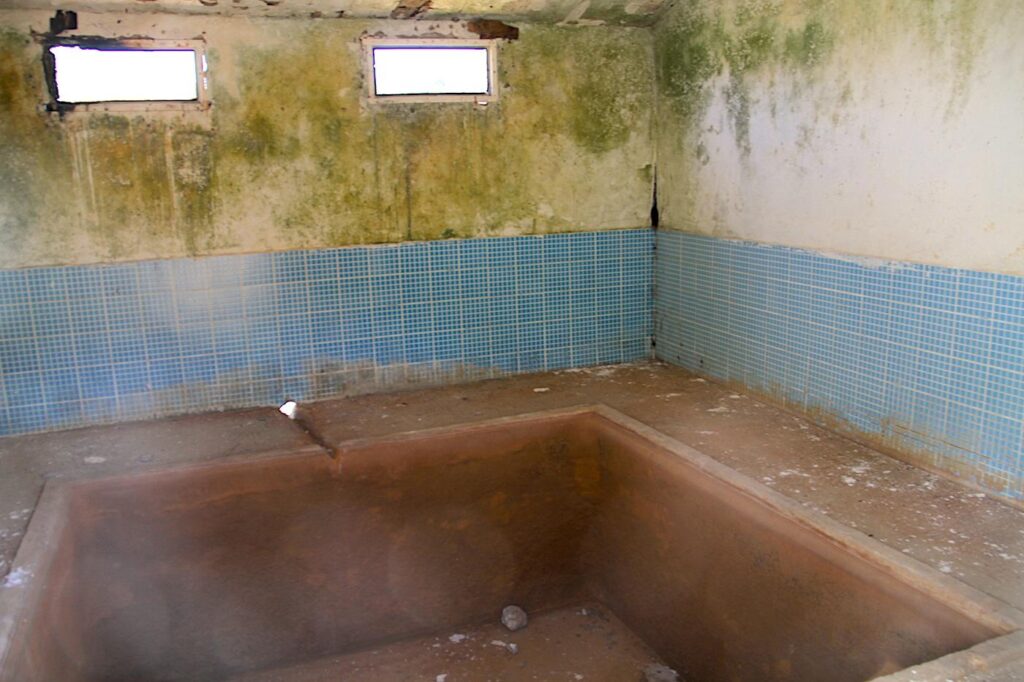
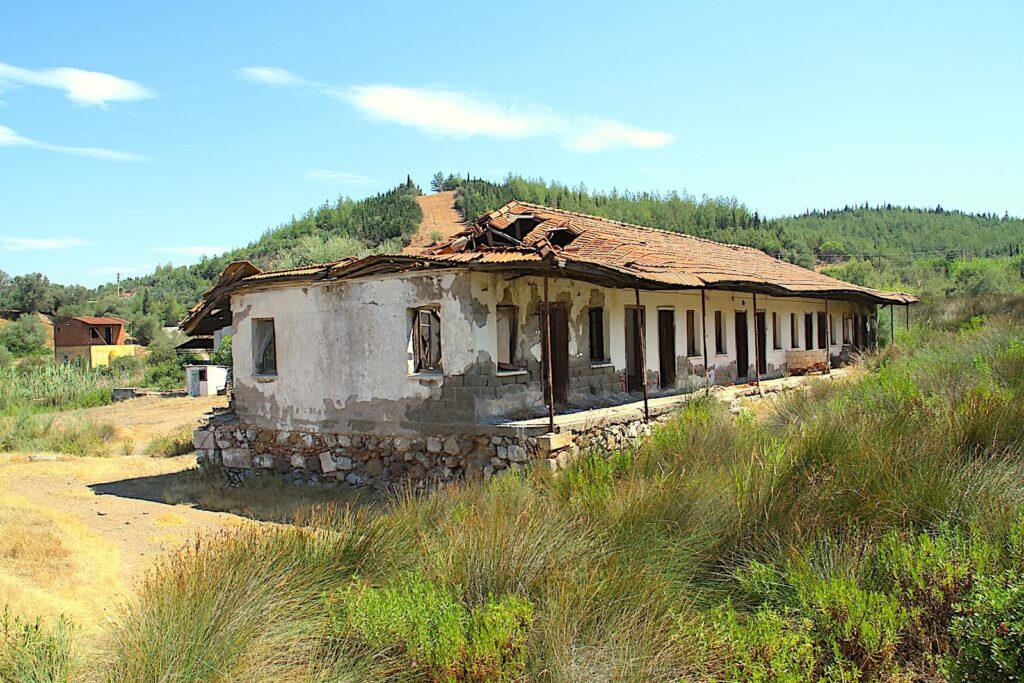
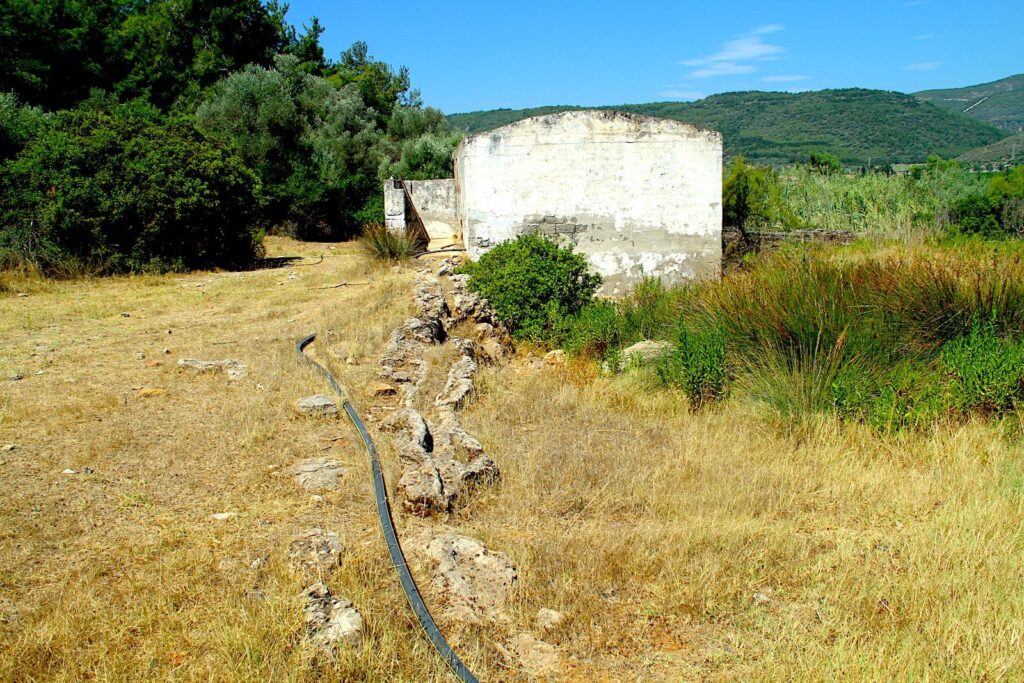
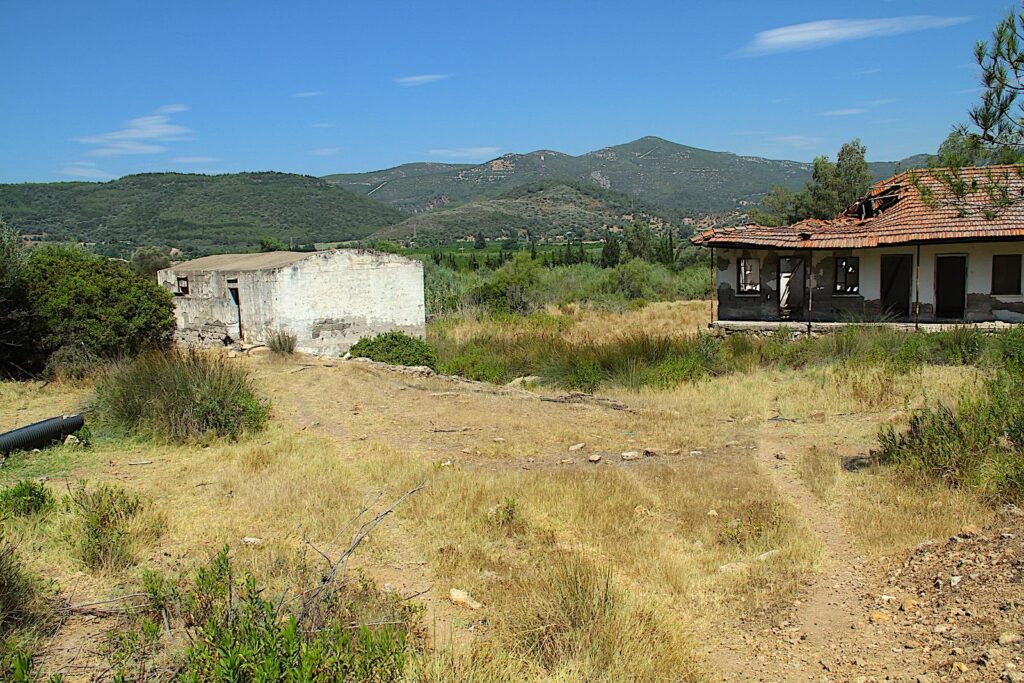
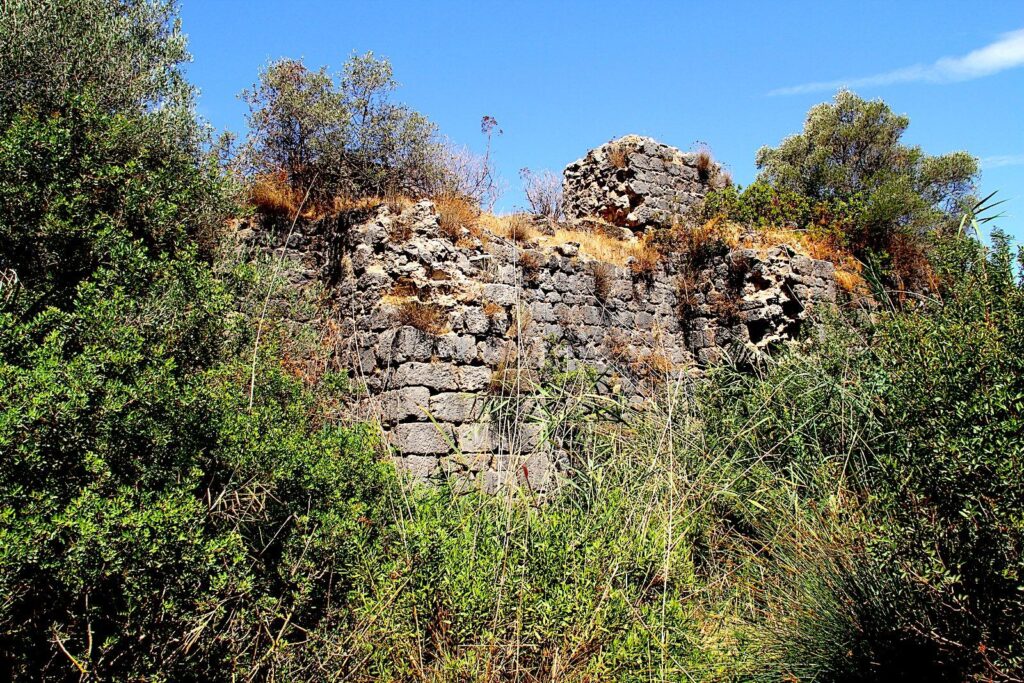
The Kelalan Thermal (Kelalan Kaplicalari)
Kelalan Thermal – Atatürk, 35465 Seferihisar/İzmir
The Kelalan Thermal (Kelalan Kaplicalari), also known as the Roman Geothermal Bath Ruins, is located 20 km south of Seferihisar and has waters with very high temperatures, which is considered effective in treating rheumatism and skin diseases. On the site, which is along a dirt track with an adjacent car park, there are two (male and female) indoor bathing pools (hammam) side by side; while functional, they are not kept in reasonable condition, nor do they appear particularly hygienic, especially as the site is strewn with litter and waste.
